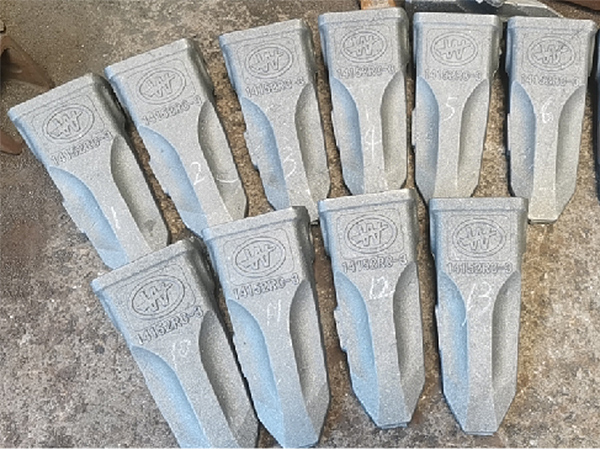The Benefits of Wet Sanding for 3D Prints
As 3D printing technology continues to evolve, the demand for flawless finishes has become increasingly important, especially in industries like product design, prototyping, and even jewelry making. One effective method to enhance the surface quality of 3D prints is wet sanding. Wet sanding not only improves the aesthetic appeal of printed models but also offers additional advantages over traditional dry sanding techniques.
Understanding Wet Sanding
Wet sanding is the process of using sandpaper while applying water or another liquid to the surface of the material being worked on. This technique helps to lubricate the surface, reducing friction, minimizing dust, and preventing the sandpaper from clogging. When applied to 3D prints, especially those made from materials like PLA, ABS, and PETG, wet sanding can yield a remarkably smooth, glossy finish that enhances the final appearance of the print.
Advantages of Wet Sanding
1. Enhanced Finish Quality
One of the most significant benefits of wet sanding is the enhanced finish it offers. The lubrication from the water helps to achieve finer results as it reduces the risk of scratching the surface. This is particularly important for intricate prints with fine details, where a smooth surface can significantly affect the final quality of the model. The result is a print that looks more professional and is ready for painting or further finishing processes.
2. Dust Reduction
Dry sanding tends to create a substantial amount of dust, which can be a nuisance and a health hazard. In contrast, wet sanding keeps the dust particles suspended in the water, resulting in a cleaner workspace. This not only prevents airborne dust from affecting your breathing, but it also makes cleanup much easier post-sanding.
3. Improved Sandpaper Longevity
wet sanding 3d prints

Using water when sanding prolongs the life of sandpaper. In dry sanding, particles and material can quickly clog the sandpaper, making it ineffective. Wet sanding prevents this issue, allowing for a more efficient and economical sanding process. With wet sanding, users can enjoy a longer-lasting tool while achieving a consistent finish across their prints.
4. Reduction of Heat Build-Up
Sanding generates friction, which can lead to excess heat. In 3D printing, particularly with thermoplastic materials, overheating can lead to warping or deformation. Wet sanding mitigates this issue by dissipating heat more effectively, ensuring that the print remains stable during the finishing process.
5. Versatility
Wet sanding is versatile and can be used on various materials, not only 3D printed plastics but also on metals, woods, and composites. This makes it an invaluable technique for multi-material projects where finishing consistency is essential across different components.
Tips for Effective Wet Sanding
To get the most out of wet sanding your 3D prints, keep the following tips in mind
- Choose the Right Grit Start with a coarser grit (around 400) to remove layer lines, then gradually move to finer grits (up to 2000 or more) for a polished finish. - Use Plenty of Water Keep the surface wet to ensure that the sandpaper glides smoothly and prevents clogging. - Work in Sections Focus on one area at a time, applying even pressure to achieve consistent results. - Allow Drying Time After wet sanding, allow the print to dry completely before applying any paint or other finishes.
Conclusion
Wet sanding is a powerful technique for achieving high-quality finishes on 3D prints. By incorporating wet sanding into your post-processing workflow, you can significantly enhance the appearance and longevity of your models. Whether you’re a hobbyist or a professional, mastering this technique will elevate your 3D printing projects to new heights. Embrace the benefits of wet sanding, and watch your prints transform!
Post time:9 月 . 28, 2024 19:12
Next:Exploring the Benefits and Applications of Ceramsite Foundry Sand in Modern Industries
